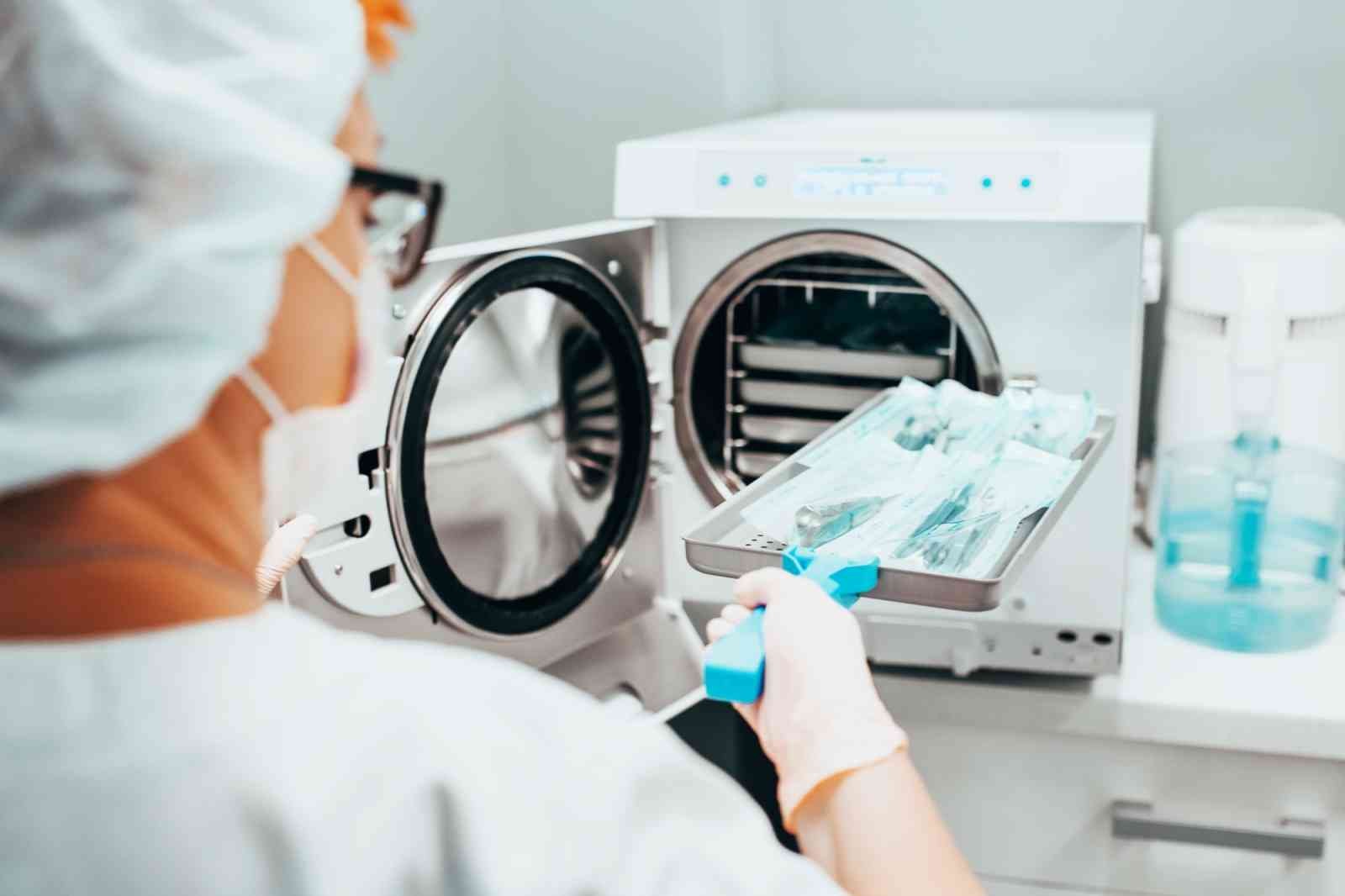When you ask people what the first thing they think of when hearing the word healthcare is, you will most likely hear them talk about doctors and nurses.
While these medical professionals rightfully receive credit for ensuring people’s safety and well-being, their jobs would not be as smooth and successful without sterile processing technicians.
Sterile processing is a critical aspect of healthcare that involves the cleaning, disinfecting, and sterilizing of medical equipment, instruments, and devices.
This process is essential in preventing the spread of infections in healthcare settings and ensuring patient safety.
The Sterile Processing Procedure
Although the job of a sterile processing technician is less taxing or toxic than other medical duties, their task is still a critical aspect of healthcare safety.
Therefore, they must follow a specific procedure in executing their assignment.
Cleaning
The sterile processing method starts with cleaning. This involves the removal of visible soil, blood, and other organic matter from medical equipment and devices.
The cleaning process may be manual or automated, depending on the instrument type and the contamination level.
Disinfection
After cleaning, the instruments undergo disinfection. This process is about killing or reducing the number of microorganisms on the surface of the equipment.
Disinfection can be achieved using various methods, such as soaking the instruments in a disinfectant or using a machine that sprays a disinfectant.
Sterilization
Once the instruments have been cleaned and disinfected, they will undergo sterilization.
Sterilization refers to the process of killing all microorganisms, including viruses and bacteria, on the surface of the equipment.
This step is critical in preventing the transmission of infectious agents and ensuring that medical devices are safe for patient use.
There are several methods of sterilization: steam sterilization, ethylene oxide sterilization, and hydrogen peroxide gas plasma sterilization.
Other Tasks of a Sterile Processing Technician
More than the usual cleaning, disinfecting, and sterilizing of medical apparatus, sterile processing also involves properly handling, packaging, and storing the instruments.
Sterile instruments must be handled carefully to prevent recontamination and stored in a sanitary environment to maintain cleanliness.
The sterile processing process is essential in healthcare settings, particularly in surgical settings where patients are most vulnerable to infections.
Inadequate or improper cleaning, disinfection, or sterilization of medical equipment and devices can spread infectious agents and potentially harm patients.
How to Become a Sterile Processing Technician?
Before you decide to become a sterile processing technician, you must ask yourself first – am I passionate enough to do this job?
Because while the responsibilities of an SPT are not as demanding as other healthcare personnel like doctors or nurses, you would still need to undergo consequential training to get credentials, such as an SPT certification.
The Certification Board for Sterile Processing and Distribution, Inc. (CBSPD) program provides certifications such as this.
Under this program, you will know the importance of sterile processing in the healthcare sector and how to ensure safe and adequate levels of practice to protect the public.
This certification-giving body is committed to ensuring that all aspiring SPT that will be given credentials are qualified for the job.
Lastly, if you want to know more about the responsibilities of a sterile processing technician and how to become one, this article from Martinson College can be of help.







